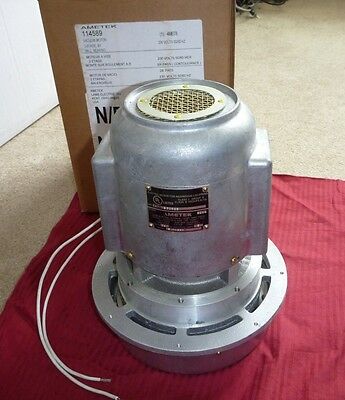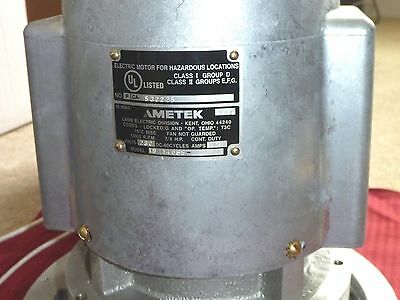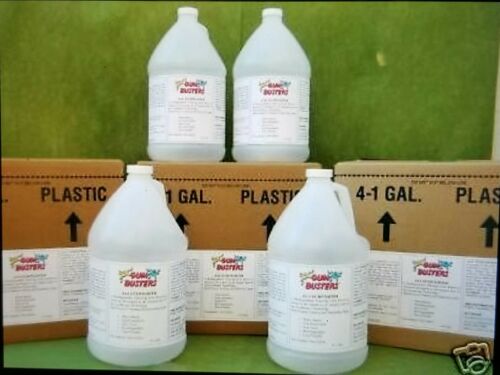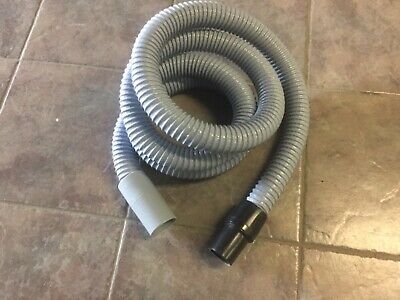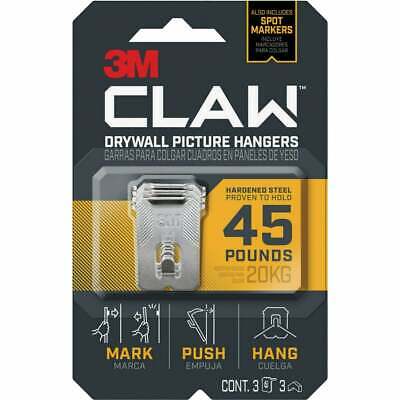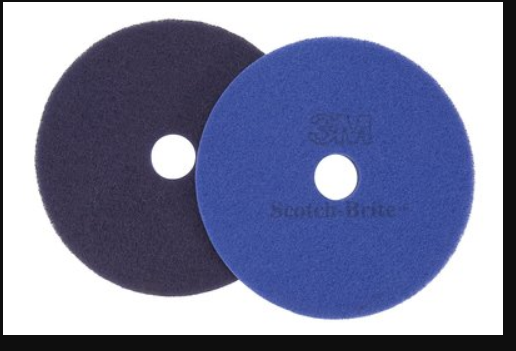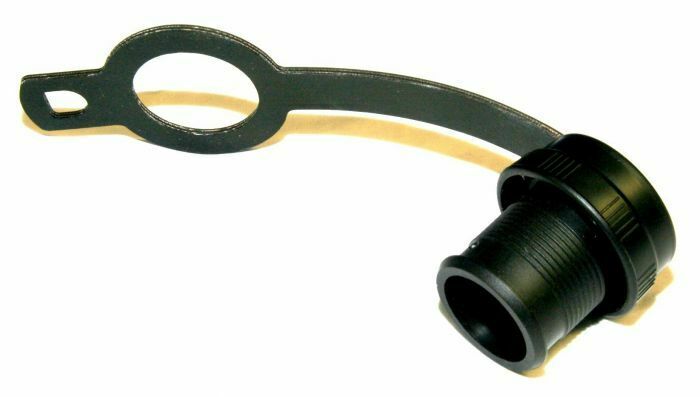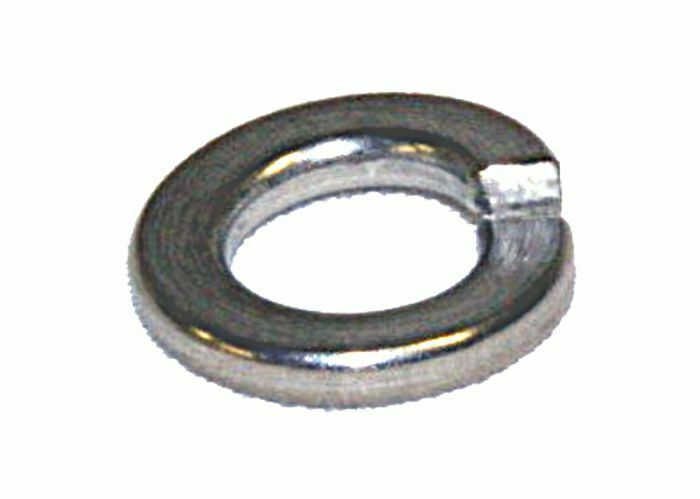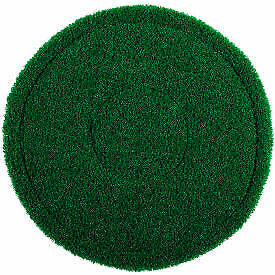-40%
4M878 AMETEK LAMB 114589 VACUUM BLOWER / MOTOR 230v Hazardous Location Rated
$ 234.96
- Description
- Size Guide
Description
New In Box Ametek Lamb Hazardous Location 2 Stage Vacuum Motor. 230 Volts Input. Grainger Part # 4M878. Please contact us with any questions regarding this Vacuum Motor. We ship the same day that Pay Pal payment is verified. You will get this unit quickly. If overnight shipping is necessary just drop Us an E-mail and we will figure it out...This single-phase, two-pole universal motor series is totally enclosed, externally fan-cooled, and is combined with a centrifugal blower to produce vacuum airflow characteristics suited for vacuum blower applications. The motors are available in both 120-and 230-volt AC, this one is 230 volts AC. Incorporates class B insulation in the armature and field windings. The vacuum air is drawn into the bottom of the fan case and is discharged through openings between the upper and lower mounting flanges. Motor cooling air is drawn in the top of the die cast aluminum shell and is directed over the outside of the enclosed motor. An internal fan circulates air through the electrical parts to properly transfer heat to the outside housing of the motor.
These motors have been listed by Underwriters Laboratories Inc. Guide PTDR, File E-25653 for use in hazardous locations with respect to safety of operation as follows: Class I, Group D--Atmospheres containing gasoline, petroleum, naphtha, benzene, butane, propane, alcohols, acetone, benzol, lacquer solvent vapors, or natural gas. Class II, Group E--Atmospheres containing metal dust, including magnesium, aluminum, and their commercial alloys. Class II, Group F--Atmospheres containing carbon black, coal, or coke dust. Class II, Group G--Atmospheres containing flour, starch, or grain dusts.
These motors are designed for use in commercial and industrial vacuum equipment which employ filters to remove dirt from the air stream before reaching the vacuum fans. While these vacuum motors are listed for use in hazardous locations, that in itself does not mean that the end product has hazardous duty characteristics. The design of the equipment must be evaluated by Underwriters Laboratories Inc. or other listing or regulatory agency to determine if the end product is suitable for use in hazardous locations.
